As car prices across Canada continue climbing, thanks to tariffs, supply chain issues, and shifting demand, drivers are left wondering what exactly is going on. Canadians are seeking clarity before making their next move and asking questions about EV affordability, concerns about leasing, insurance, and everyday maintenance. Here are 24 questions Canadian drivers are asking about rising prices:
Why are new cars suddenly thousands more than last year?

A mix of tariffs, supply shortages, and rising labor costs has pushed new car prices up by $3,000-$8,000 on average compared to 2023. Models once considered affordable, like the Hyundai Elantra or Mazda3, now regularly approach $30,000 with minimal options. Manufacturers are also prioritizing higher-trim versions to boost profit margins, reducing the availability of base models. For many Canadians, the price jump feels sudden, but it’s part of a longer trend that was accelerated by global instability and changing trade policies.
Is it still cheaper to buy a car in the U.S. and import it?
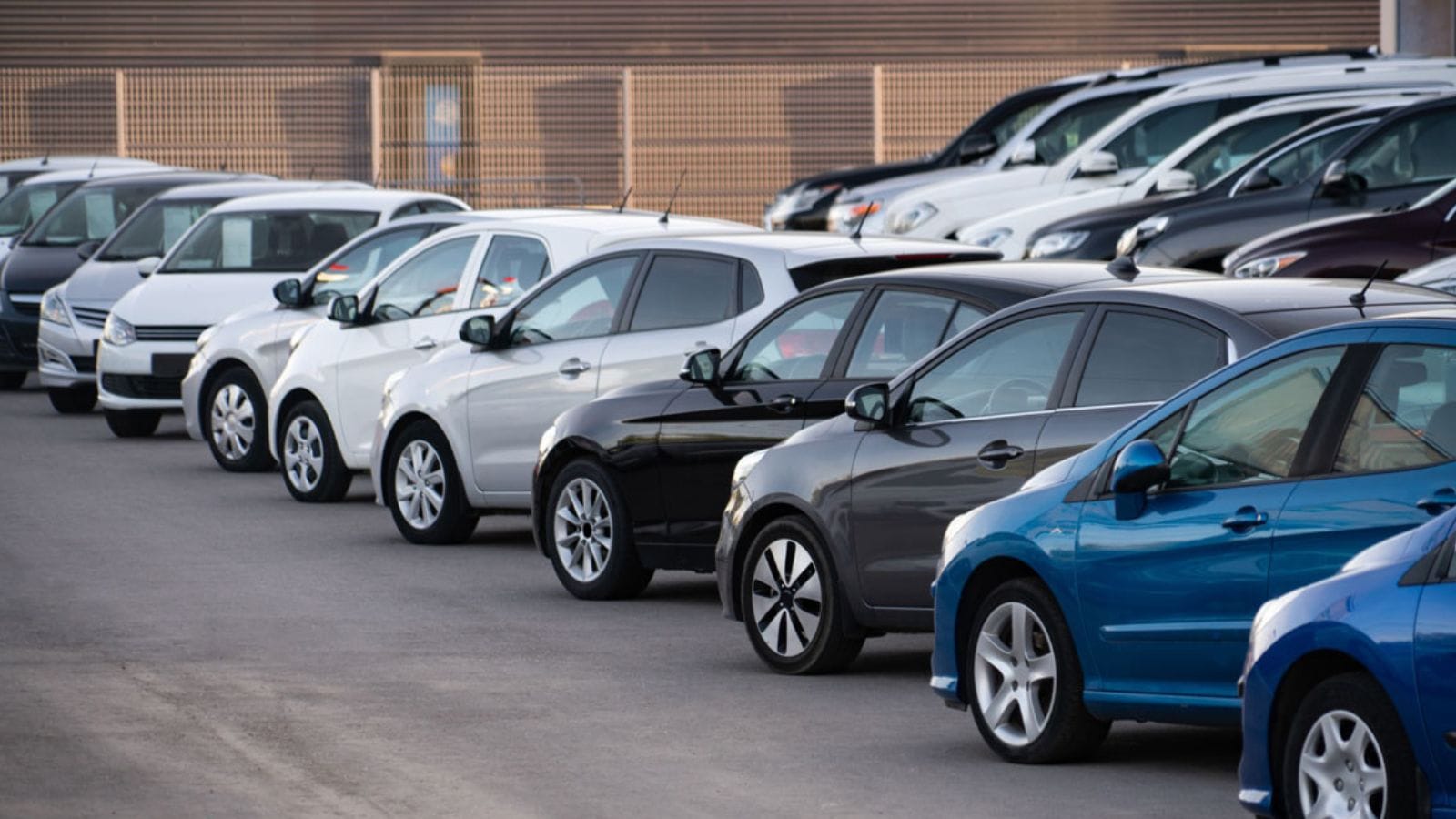
Not anymore. With new cross-border tariffs and tighter import rules, Canadian buyers can expect to pay 10-20% more in fees, inspections, and transport costs when trying to import a U.S.-based vehicle. Once a smart workaround for price-conscious buyers, cross-border shopping has lost its edge due to red tape and additional taxes. Some provinces also charge extra levies on imported vehicles, especially those that don’t meet Canadian emissions or safety standards.
What is causing used vehicle prices to stay so high?
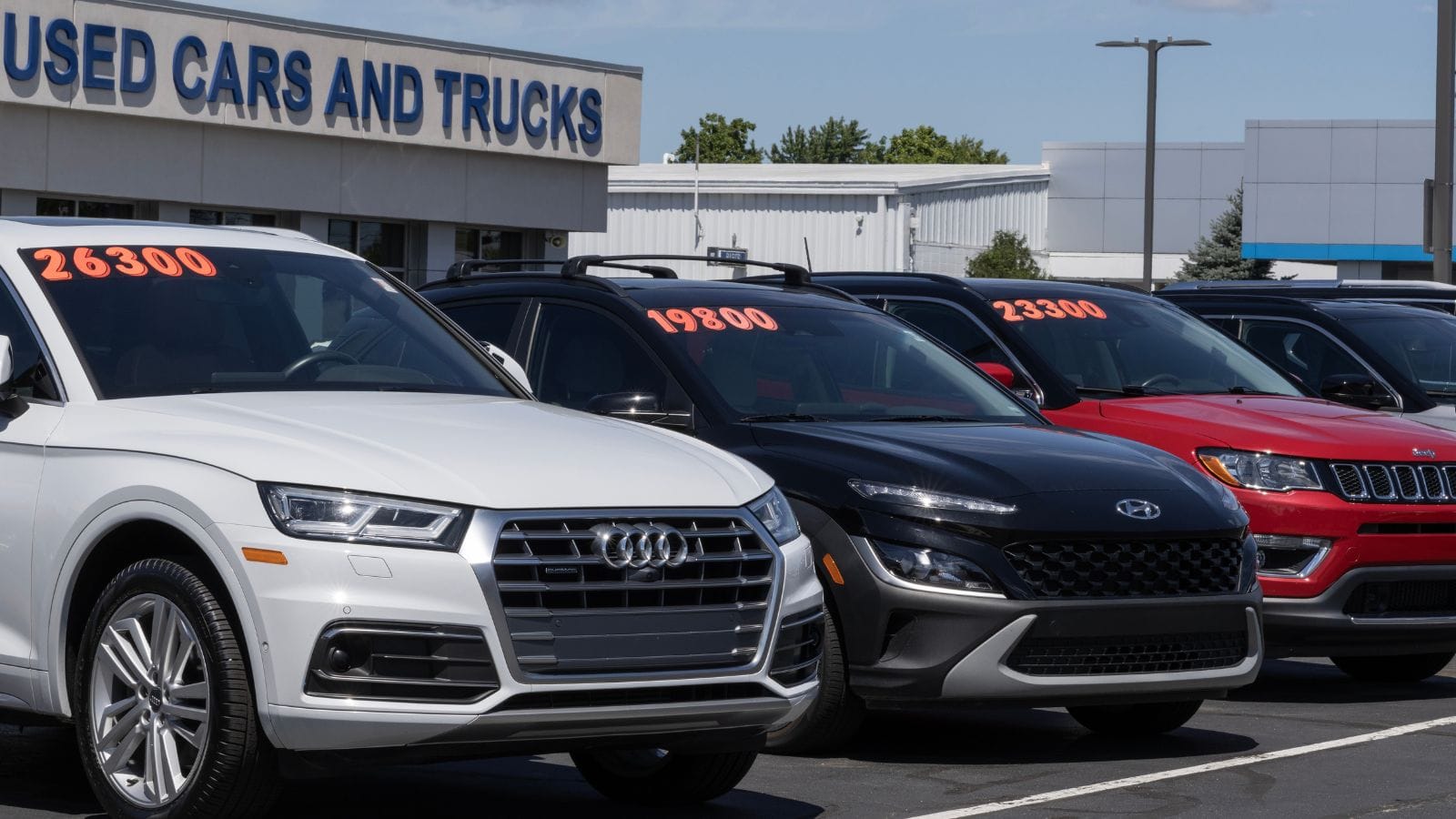
Used vehicles are staying expensive because new car inventory remains tight. Pandemic-era supply chain disruptions left gaps in the new vehicle pipeline, so fewer trade-ins and lease returns are making it to market. Add to that strong demand from buyers avoiding new car markups, and prices have barely cooled. Many used cars under five years old now sell at or near their original MSRP, especially if they are fuel-efficient or reliable.
Will EVs still be worth it if prices keep climbing?
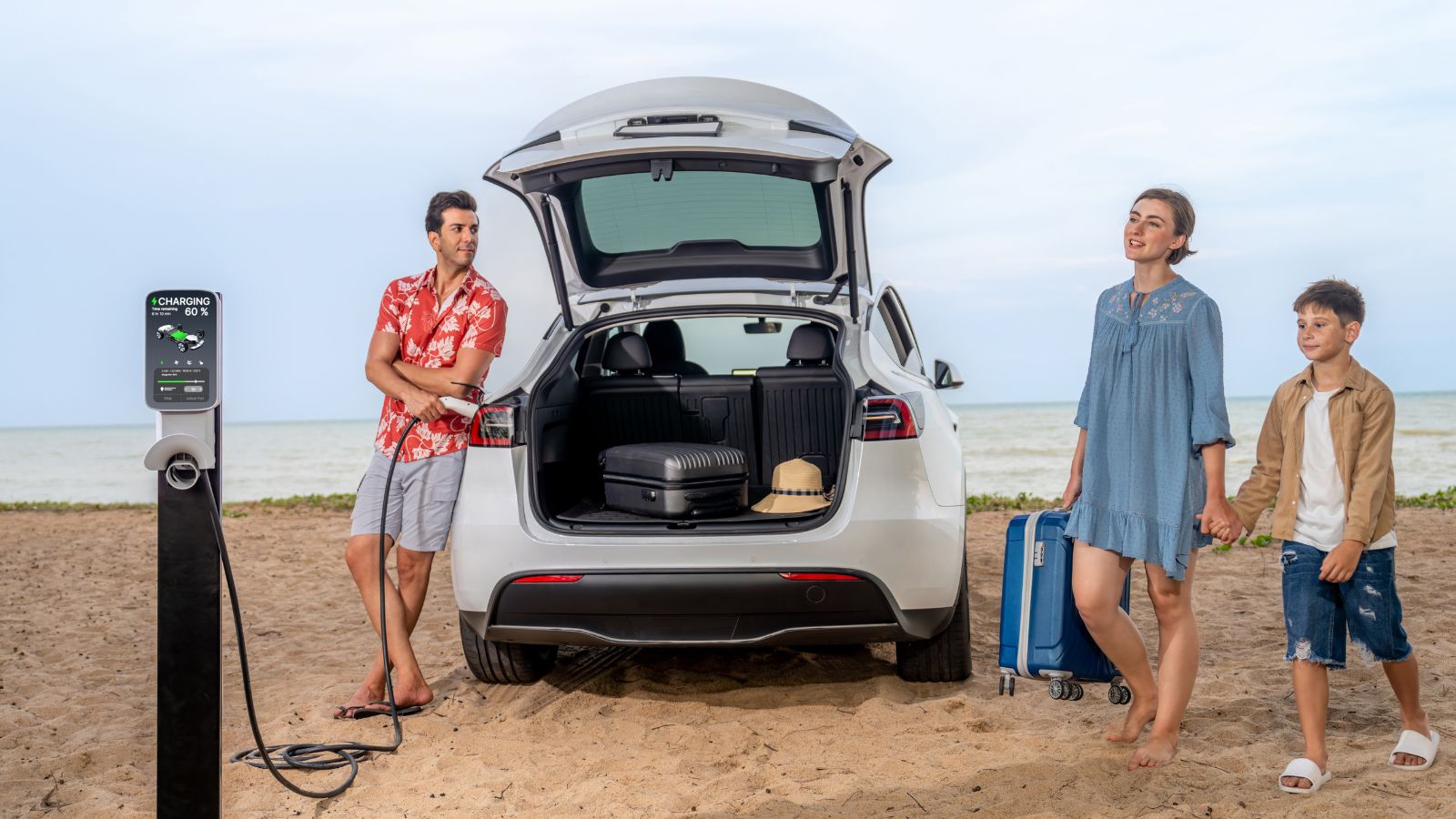
Electric vehicles are still cheaper to operate long term, but initial prices are creeping up. Tariffs on imported batteries and electronics have raised costs for brands like Hyundai, Kia, and Nissan, and although federal and provincial rebates help, they are not always enough to offset $50,000+ price tags. For Canadians who drive often and can charge at home, EVs remain a smart investment. But if purchase prices rise another 10-15%, buyers may rethink whether the long-term savings are worth the upfront premium.
Are lease payments going up, too?
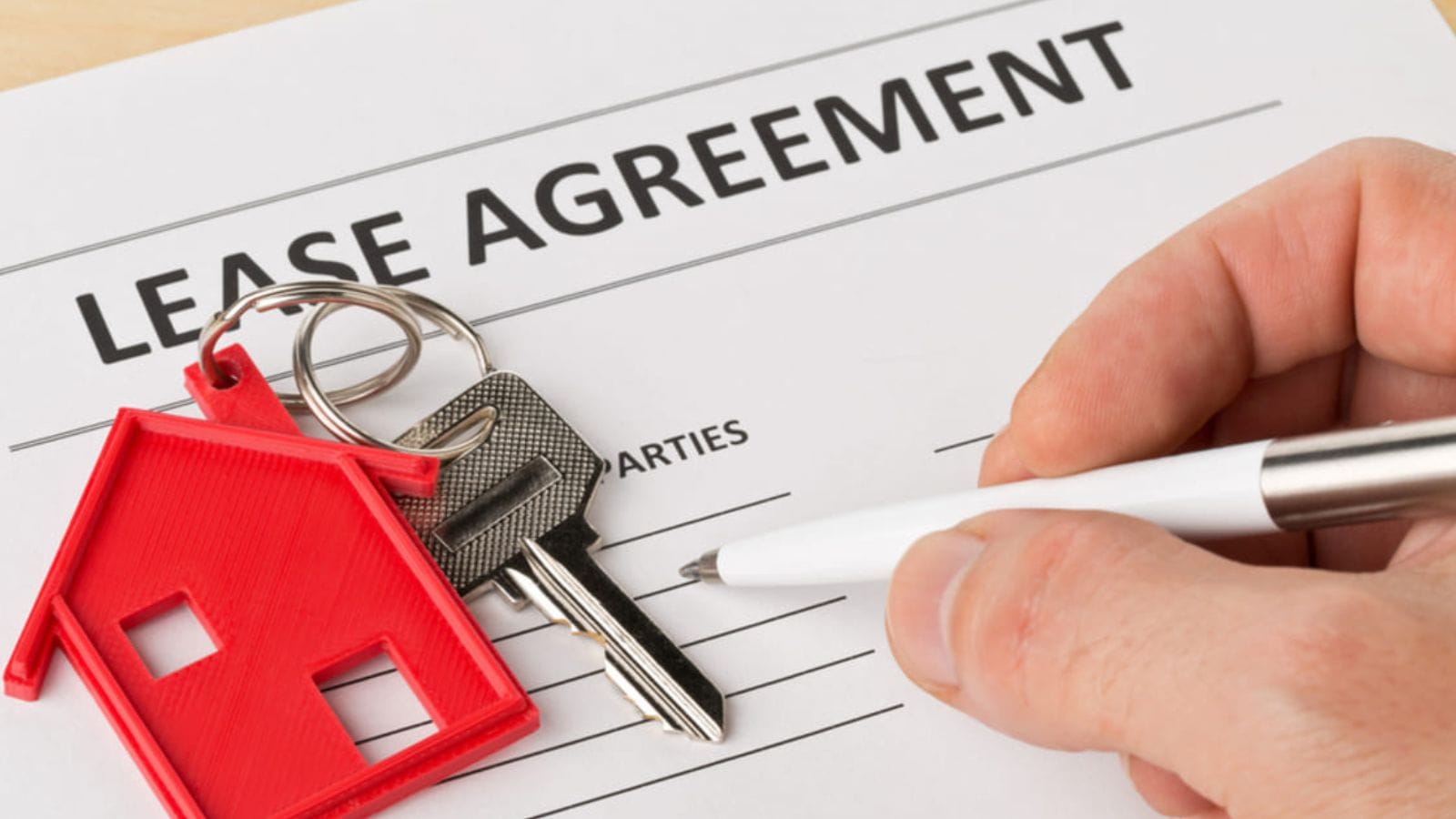
Yes, lease rates have surged 10-25% in the last 18 months, driven by higher vehicle prices and rising interest rates. Automakers are offering fewer incentives, and residual values are harder to predict due to economic uncertainty. A three-year lease on a midrange SUV that used to cost $450/month may now exceed $600, even before taxes or fees. For many Canadians, leasing no longer offers the savings it once did and could end up more expensive than financing.
Are parts harder to find now?
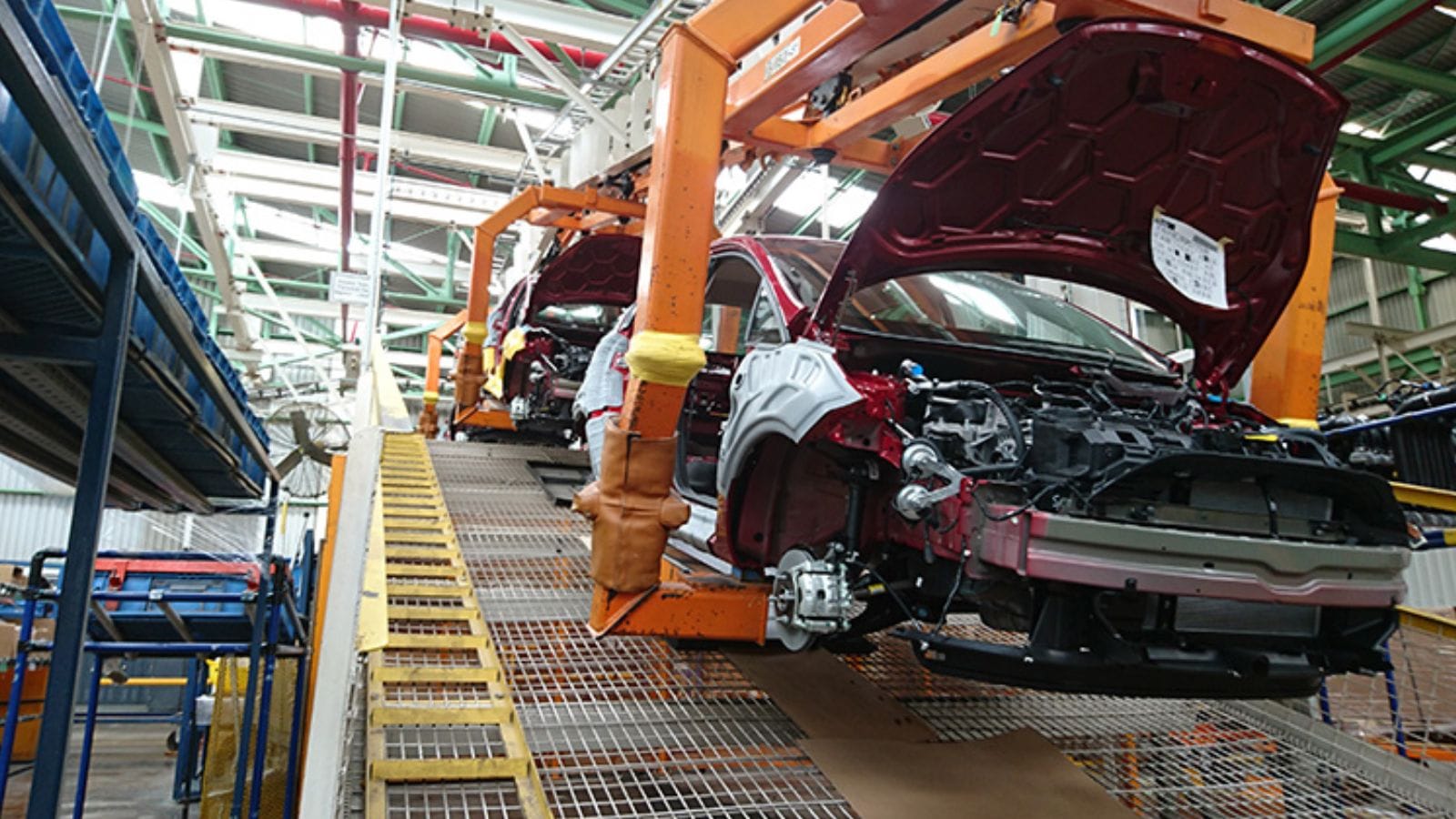
Supply chain problems and tariff threats have slowed the availability of standard replacement parts, especially for imports. Electronics, drivetrains, and even body panels are taking weeks or months to arrive at dealerships. Independent garages also report shortages of sensors, batteries, and hybrid components, and this scarcity is driving up both repair costs and wait times. For Canadian drivers relying on aging vehicles, maintenance delays could mean extended downtime or higher costs to stay on the road.
Why are some brands increasing prices more than others?
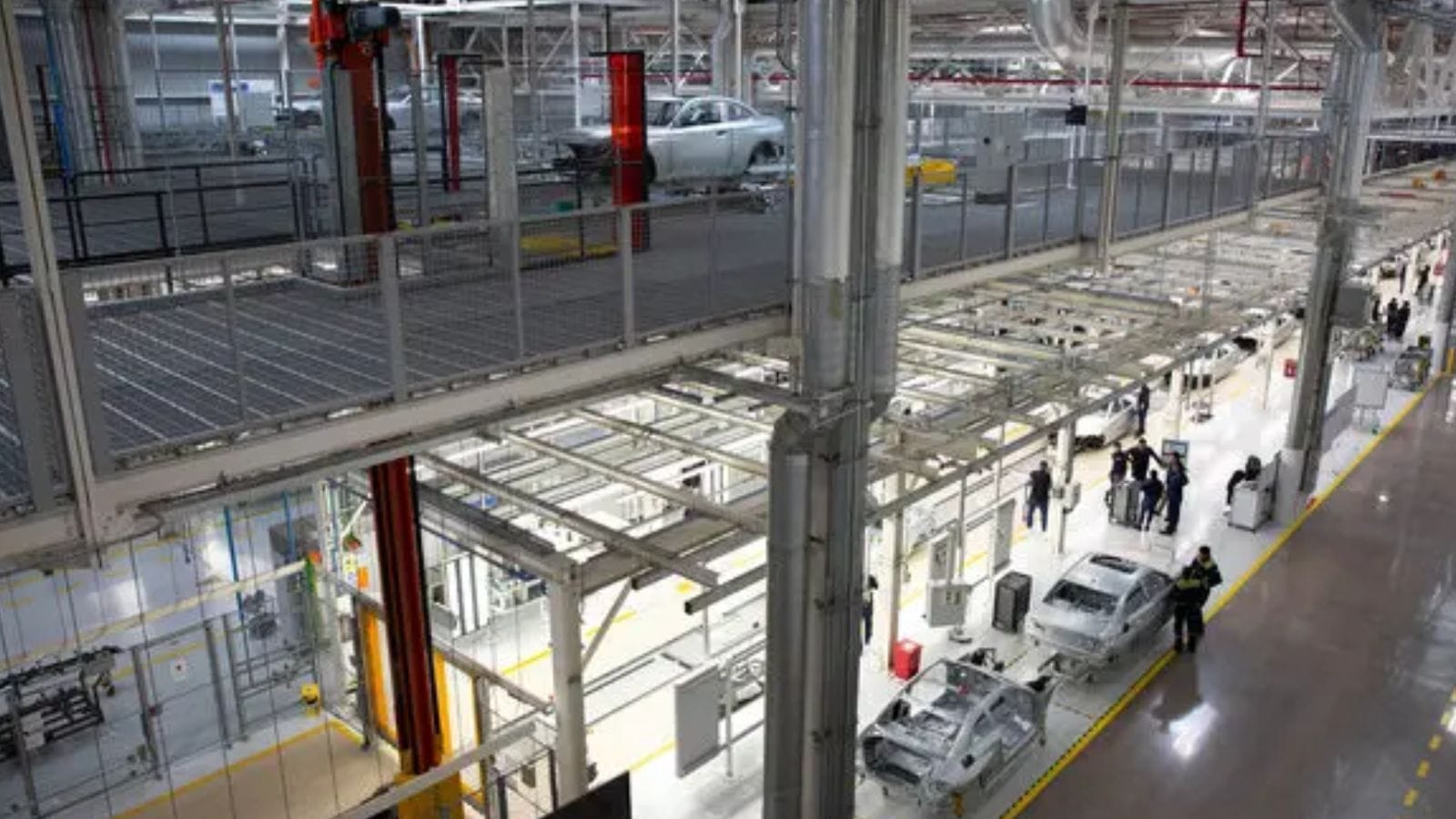
Automakers that rely on imports, especially from Asia and Europe, are feeling tariff pressures most. Brands like Volkswagen, Subaru, and Hyundai have raised sticker prices more aggressively due to currency exchange shifts and overseas sourcing. Domestically assembled vehicles from GM, Ford, and Toyota are more insulated but still affected by rising labor and material costs, while luxury brands are tacking on market adjustments of several thousand dollars simply because they can.
Is now a bad time to buy a new car?
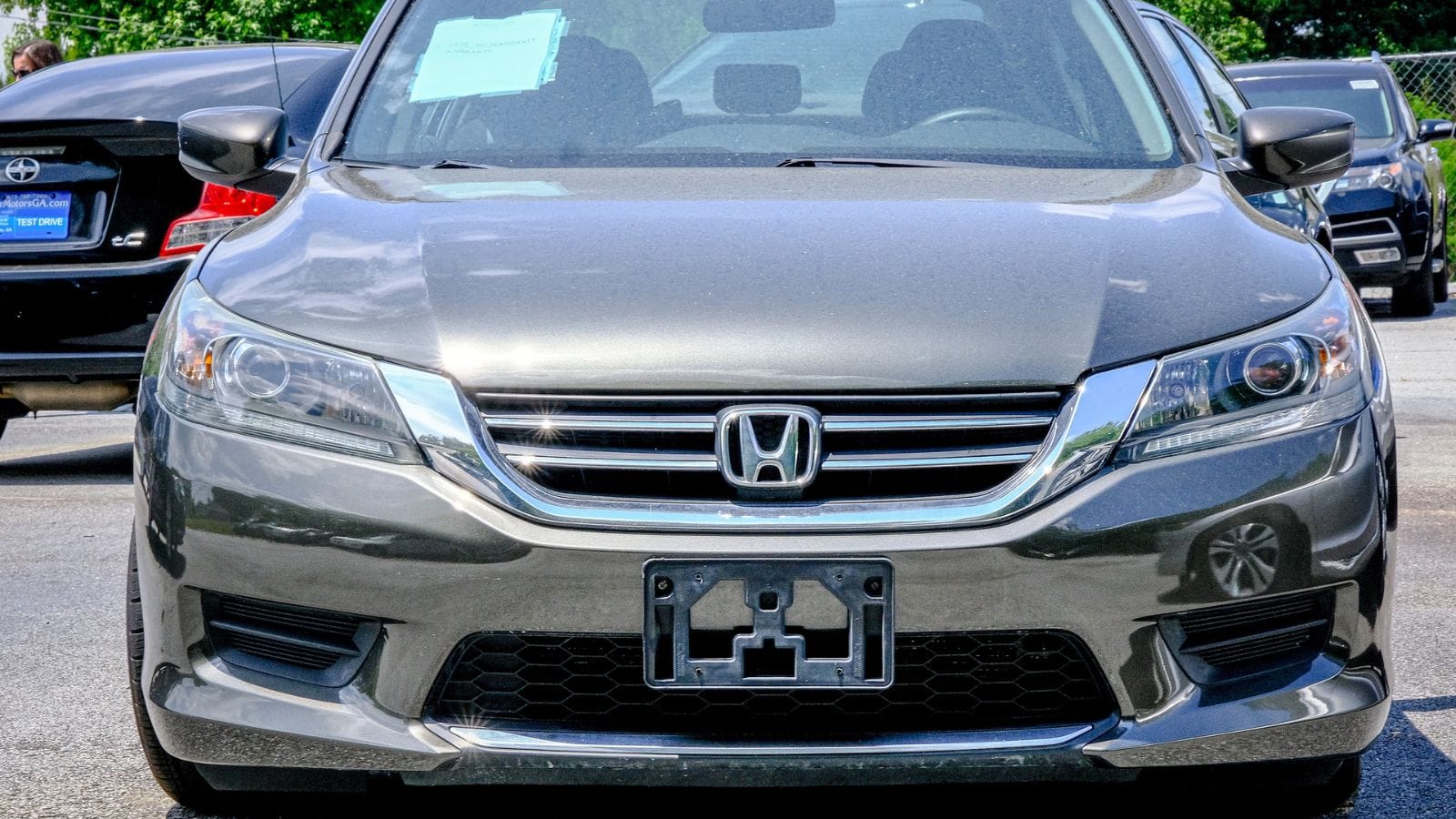
For Canadians who can afford to wait, the next 6-12 months may bring relief as tariff negotiations evolve and inventories recover. However, if your current vehicle is unreliable or your lease is expiring, waiting might not be feasible. Prices are still elevated, and dealership incentives are minimal. To avoid overpaying, consider entry-level trims, explore lesser-known brands, and request quotes from multiple dealers. Timing the market is tricky, but with careful planning and a focus on long-term value, buying now isn’t necessarily the worst option.
Will car insurance rise because of tariffs?
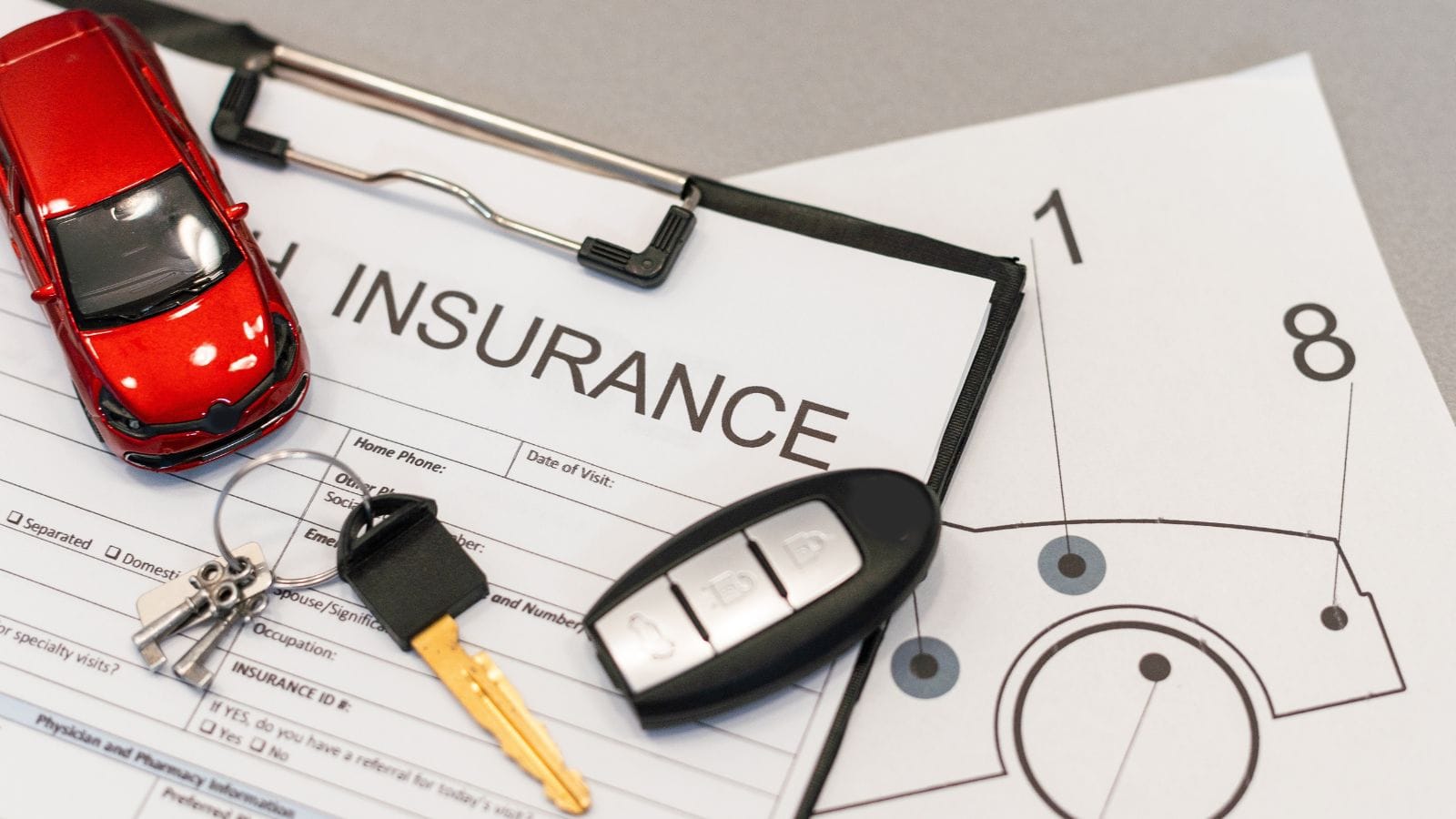
Yes, though not always directly. Tariffs are inflating the cost of vehicle repairs, replacement parts, and labor, which in turn raises the costs insurance companies must cover. As a result, premiums across Canada are quietly creeping upward, especially for newer vehicles with imported components. Many drivers are reporting annual increases of $200-$500, even with clean records, and hybrids and EVs, which rely heavily on international tech, are particularly vulnerable. Insurers may also raise rates based on vehicle make and region, so shopping around and bundling policies have never been more critical for Canadians looking to cut costs.
Are hybrids also affected by price hikes?

Yes, perhaps even more than gas-powered cars. Hybrids rely on complex electronics and battery packs, many of which are imported from tariff-exposed countries, which means that Canadian buyers face both supply shortages and rising prices. The Toyota RAV4 Hybrid, for example, now commands a waitlist and sometimes a markup of $4,000–$6,000 over 2022 levels, and even domestic hybrid production isn’t immune, as components still cross borders multiple times. While the long-term fuel savings remain appealing, higher upfront costs are making some drivers reconsider whether they should hold out for EV rebates or go with a more basic combustion model instead.
Why are dealer fees higher than last year?

Many Canadians are seeing line items like freight, PDI, documentation, and market adjustment fees quietly swell. With vehicle supply still tight and tariffs inflating backend costs, dealers are shifting more expenses onto buyers. It’s not uncommon to see $2,000–$4,000 tacked onto a base price, even on economy models, and some dealerships defend these increases as necessary to stay solvent, especially smaller ones facing squeezed margins. Consumers should always request itemized invoices, compare offers from other regions, and negotiate fees line by line.
Can I still lease a vehicle without breaking the bank?
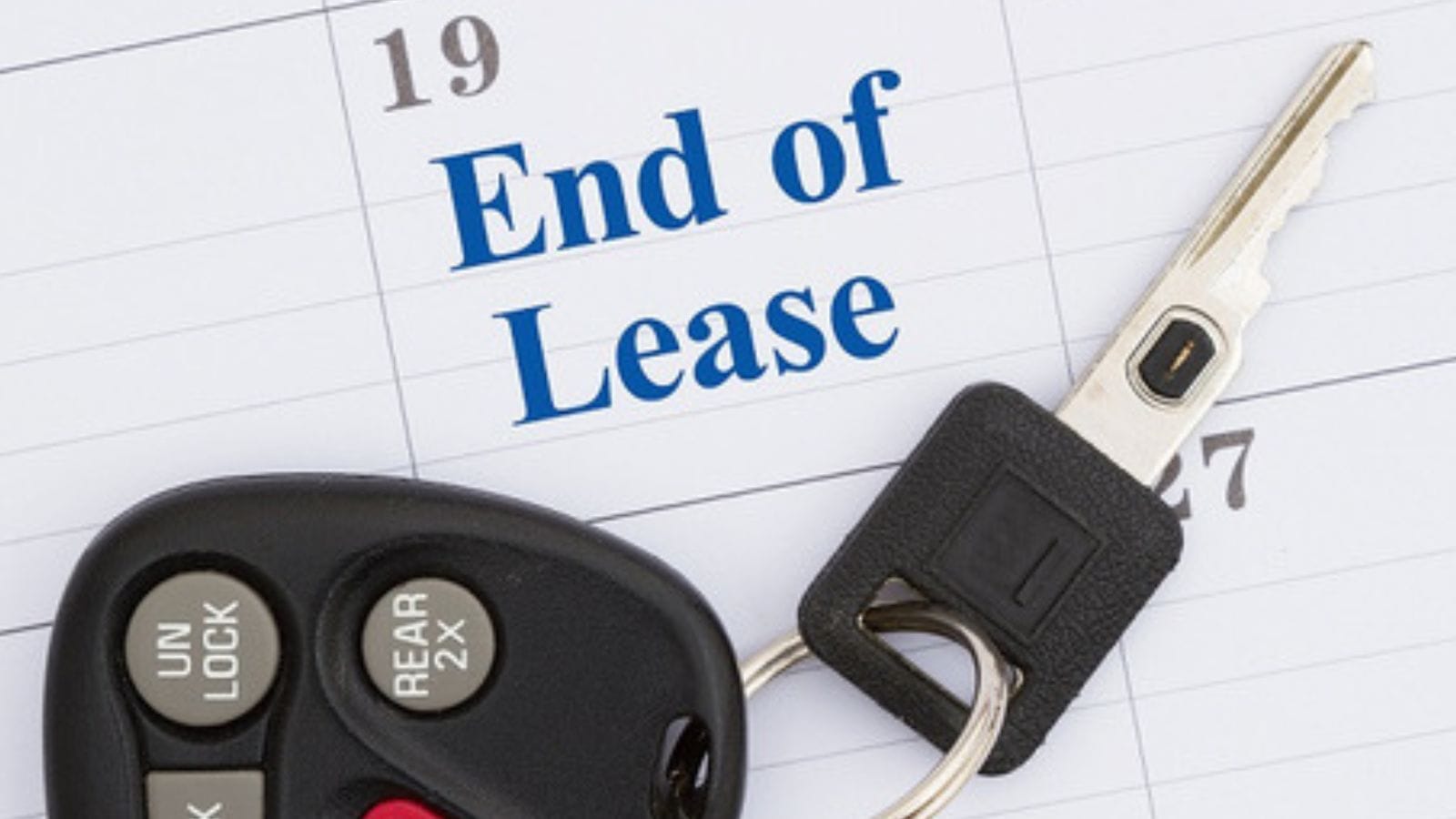
Leasing used to be the affordable alternative to buying, but tariff pressures are changing that. Monthly lease payments are climbing across Canada due to higher MSRP values, diminished residuals, and steeper interest rates. Brands like Honda and Mazda, once known for generous leasing programs, are now offering fewer incentives and shorter terms, and Canadians are also being asked for larger down payments and stricter credit checks. If leasing is still your best option, consider less popular models or certified pre-owned leases, and watch the fine print because excess mileage and wear fees are becoming a new profit center for many automakers.
Are used cars still cheaper?

They can be, but the gap is closing. During the height of supply shortages, used car values skyrocketed. Even now, some lightly used 2022 models cost more than their new 2025 counterparts, due to legacy tariffs and demand. Prices for used hybrids and imports remain especially inflated. However, Canadians can still find value in high-mileage sedans, older domestic models, or vehicles from private sellers. Just be cautious, as higher mileage used cars may come with delayed maintenance and harder-to-find replacement parts. Pre-purchase inspections and vehicle history reports are essential in this market, where affordable vehicles can sometimes hide expensive problems.
Why are there so few cars on dealer lots?

Canadian lots that once showcased hundreds of cars now look like empty parking lots. While post-pandemic production has improved, lingering supply chain disruptions, microchip shortages, and tariff uncertainties are throttling imports. Many automakers are prioritizing high-margin U.S. markets, leaving fewer units for Canadian dealers. Domestic assembly plants aren’t immune either, with some slowing production in response to parts delays. As a result, walk-in buyers may have to settle for limited trims or wait months for factory orders, and those who want specific features or colors may find themselves stuck unless they’re willing to travel or pay a premium.
How much more could prices rise by the end of the year?
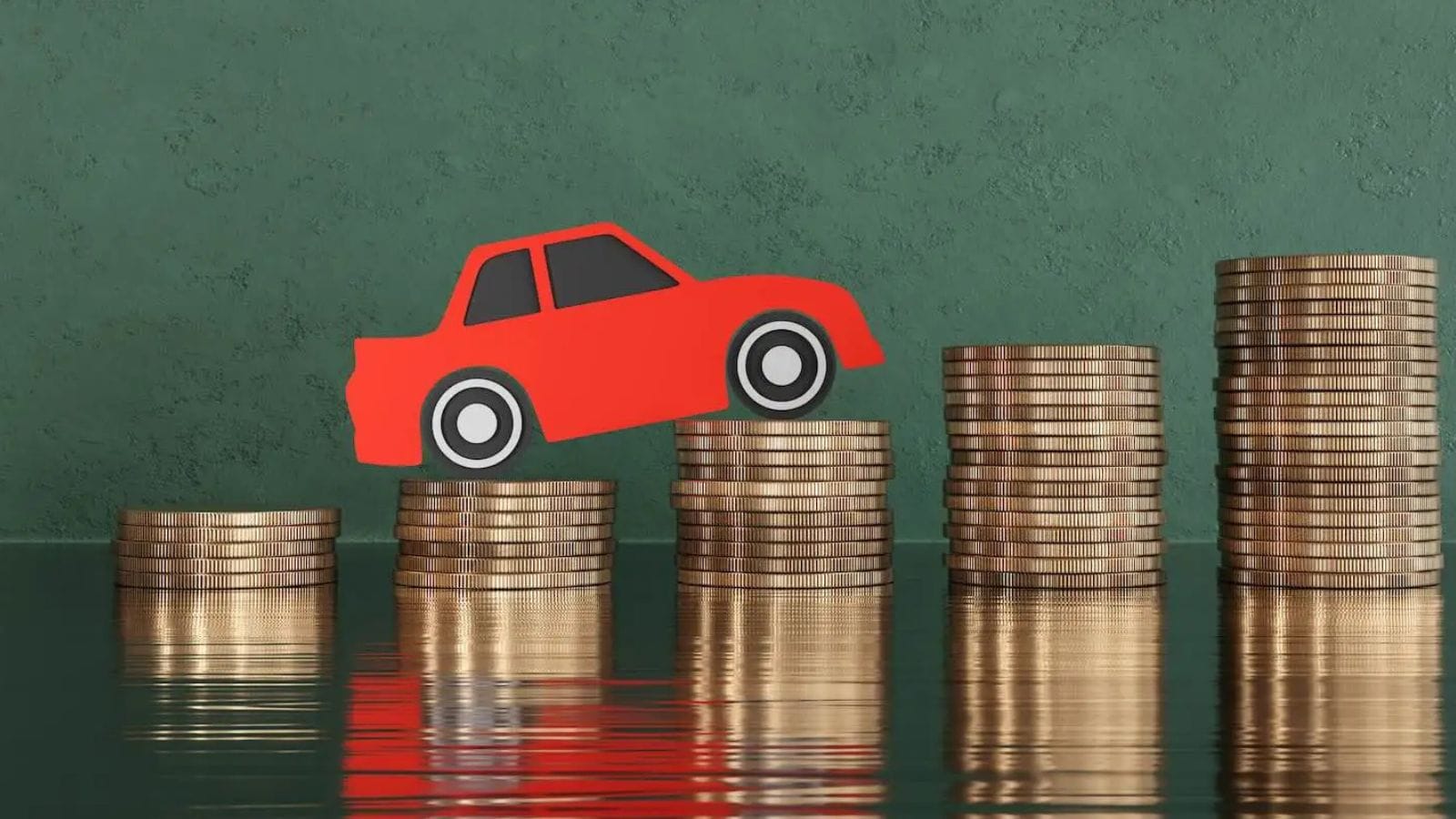
Analysts warn that Canadians could see average vehicle prices increase by another 5%-10% before year-end if tariff negotiations stall. That translates to $2,000-$7,000 more on many popular models, and luxury imports, hybrids, and EVs are most vulnerable, but even affordable brands like Kia, Hyundai, and Subaru are not safe. Price hikes will likely be driven not just by tariffs, but by ongoing supply issues and currency fluctuations. Add in rising interest rates and fewer rebates, and the total cost of ownership could spike further.
Are some brands raising prices more than others?

Yes, automakers relying heavily on imports are raising prices the fastest. BMW, Audi, and Mercedes have passed on thousands in added costs, while Toyota and Honda have quietly scaled back incentives and tightened availability. Even Ford and GM, which manufacture many models in Canada or the U.S., are struggling with increased parts costs from overseas. EV-centric brands like Tesla and Polestar have also issued multiple price adjustments in just 12 months. For budget-conscious Canadians, now is a time to look beyond brand loyalty because lesser-known brands, particularly those with more domestic manufacturing, might offer better deals in the short term.
Are certain provinces more affected than others?

Absolutely. Provinces with higher population density and demand, like Ontario, British Columbia, and Alberta, are feeling the squeeze most acutely. Limited dealership allocations, urban cost pressures, and higher provincial taxes can stack up fast. Meanwhile, smaller provinces like Saskatchewan or the Maritimes might offer more flexibility, especially for buyers willing to travel or ship vehicles. Quebec’s strict emissions standards also limit available models, further shrinking selection.
Can buying a car in the U.S. still save me money?

In the past, cross-border car shopping was a secret weapon for savvy Canadians. But recent tariffs, increased customs scrutiny, and shifting currency exchange rates have eroded that advantage. While some U.S. models still cost less upfront, added import duties, transport fees, and vehicle modifications, like DRL or bilingual compliance, often wipe out the savings. Also, many U.S. dealers are reluctant to sell to Canadians due to regional sales restrictions. That said, high-end buyers may still find value in specialty or vintage vehicles, but for most mainstream purchases, buying domestically now offers fewer headaches and fewer hidden costs.
Are EV incentives still worth it?
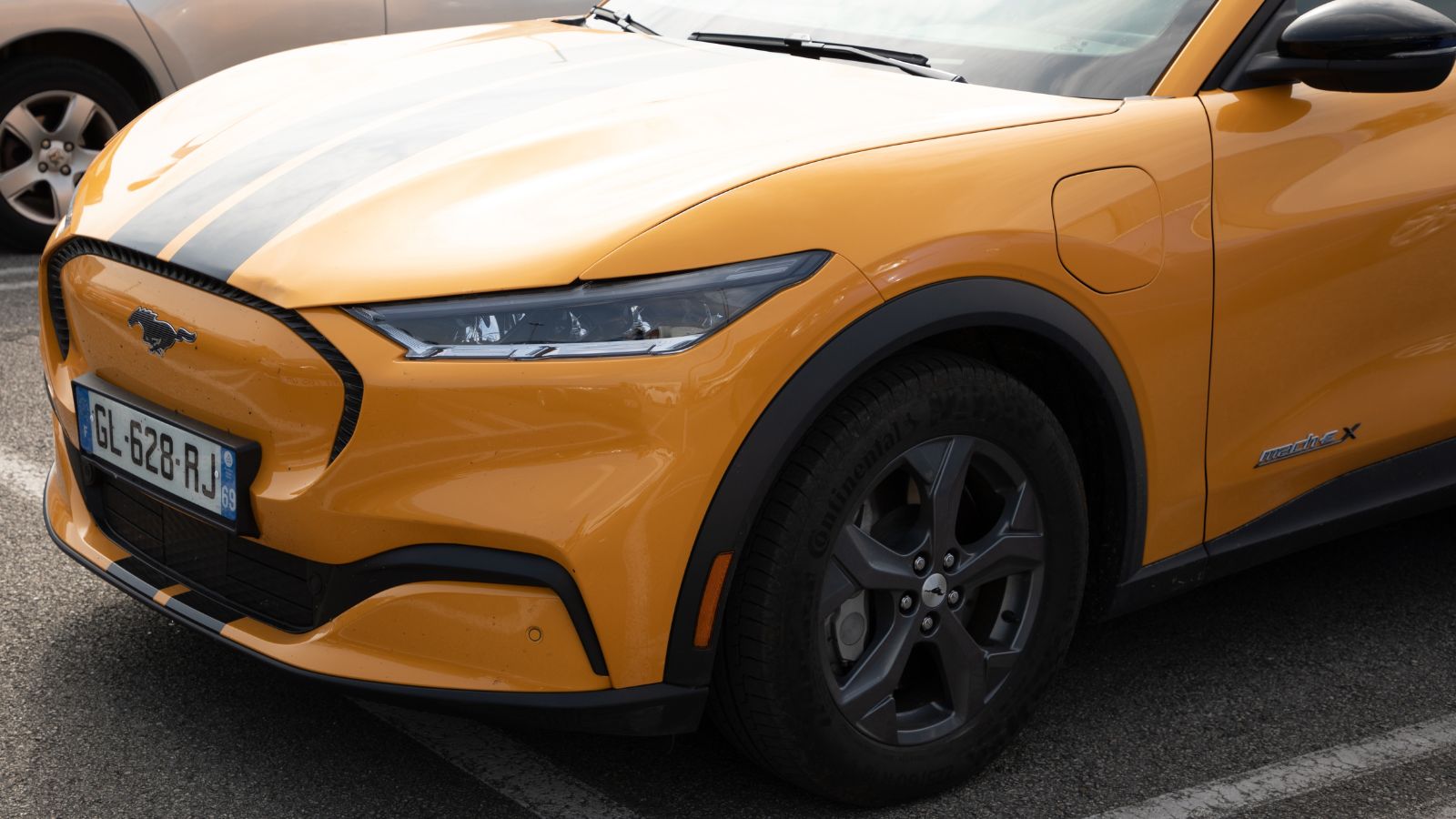
Yes. Canada’s federal iZEV program still offers up to $5,000 in incentives, with additional rebates in B.C. and Quebec. However, as tariffs inflate sticker prices, fewer EVs qualify under the program’s strict MSRP caps. For example, many new Tesla and Hyundai models have recently edged above the eligibility threshold, and dealership markups can also negate the savings. Still, for models that qualify, like the Chevrolet Bolt or Nissan Leaf, the incentives can help offset rising costs.
Why are delivery timelines so unpredictable?
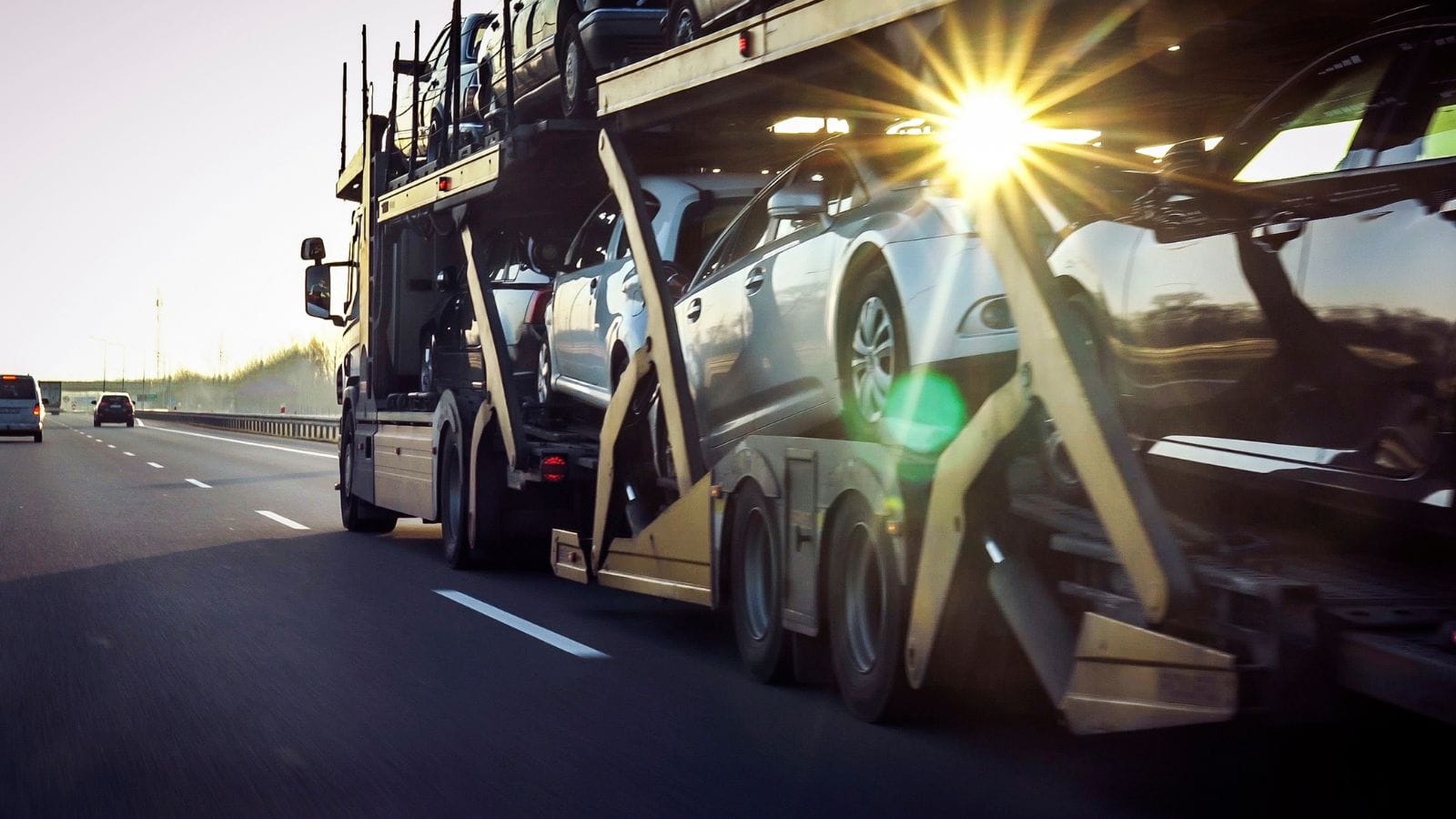
Because nearly every link in the automotive supply chain remains fragile. Even if your dealer confirms a vehicle order, delays in overseas parts, rail transport slowdowns, or last-minute tariff adjustments can push your delivery back weeks or months. Many Canadians are discovering that expected timelines of 8-12 weeks are slipping to 16 or more. EVs and imports are especially vulnerable, with batteries and computer chips still in short supply. To avoid frustration, get written delivery estimates, maintain regular contact with your dealer, and consider vehicles already in transit or on the lot.
Are tariffs affecting commercial vehicles, too?

Yes, and it is hitting small business owners hard. Vans, pickups, and light-duty trucks often used for delivery, contracting, or farming are increasingly subject to the same tariffs affecting consumer vehicles. Brands like Ford Transit, Ram ProMaster, and Nissan NV are either delayed or significantly more expensive, and fleet managers across Canada are reporting 10%-15% hikes in total vehicle cost, for tradespeople or logistics companies, that add up quickly, especially when multiplied across a fleet.
How can I protect myself from overpaying?

Knowledge is your best defense. Start by getting quotes from multiple dealers, and do not be afraid to shop in rural areas or out of province. Use third-party pricing tools like Unhaggle or CarCostCanada to find invoice prices and current incentives, request written breakdowns of all fees, and don’t hesitate to walk away from pressure tactics or markups. Consider factory ordering if you’re not in a rush, because it often avoids dealer premiums. Lastly, ask about financing or lease loyalty programs that may help soften the tariff blow, as in today’s market, patient, well-researched buyers still have the upper hand.
Why are insurance rates climbing alongside vehicle prices?
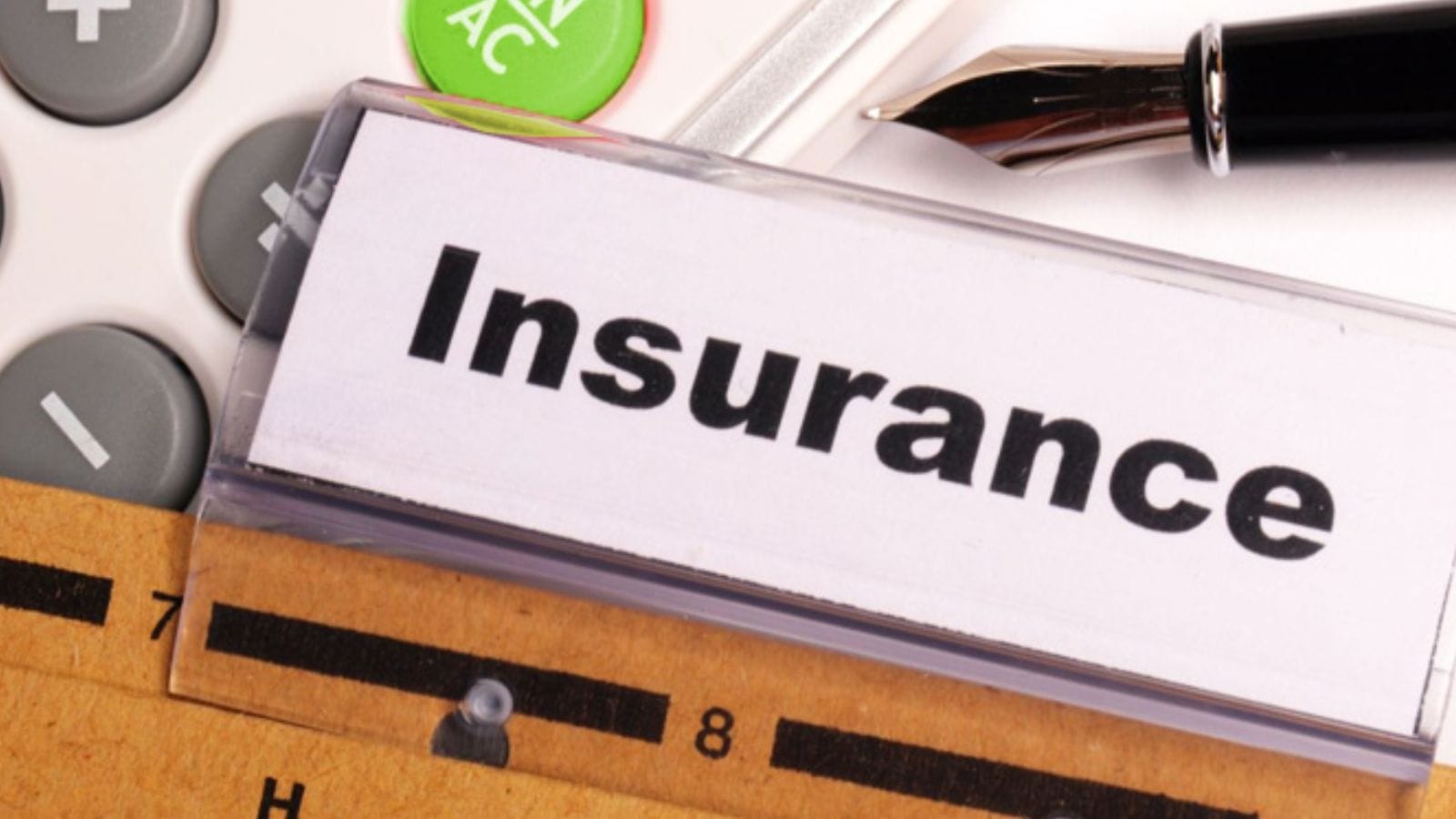
Rising car prices don’t stop at the dealership, but are driving insurance premiums higher across Canada. As vehicles become more expensive to repair or replace due to tariffs, parts shortages, and advanced tech, insurers are recalibrating their risk models. EVs and newer imports are especially costly to insure, even with minor damage. In provinces like Ontario and B.C., drivers have reported double-digit increases year-over-year, while some insurers are also factoring in regional supply chain delays, meaning longer claim turnaround times.
Will these price hikes impact trade-in values?

Yes. While rising new car prices have boosted the value of many trade-ins, that momentum may be slowing. Dealerships once desperate for used inventory are now tightening offers, especially on higher-mileage vehicles or models with outdated tech. Tariff-driven inflation has also made consumers hesitant to buy used, which can reduce trade-in leverage. Still, well-maintained cars with service records and accident-free histories can fetch substantial value. Before trading in, get multiple appraisals, especially online, and check resale trends.
21 Products Canadians Should Stockpile Before Tariffs Hit

If trade tensions escalate between Canada and the U.S., everyday essentials can suddenly disappear or skyrocket in price. Products like pantry basics and tech must-haves that depend on are deeply tied to cross-border supply chains and are likely to face various kinds of disruptions
21 Products Canadians Should Stockpile Before Tariffs Hit
